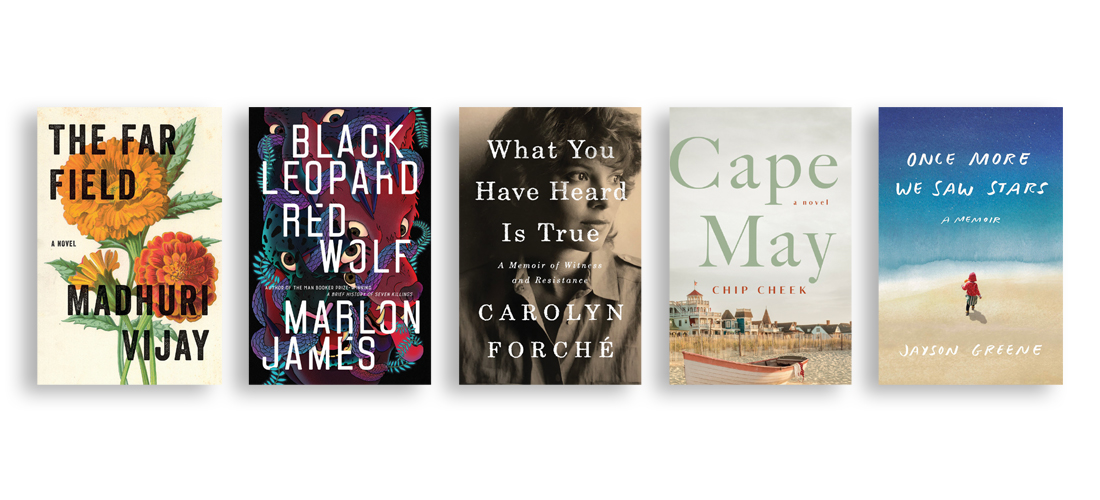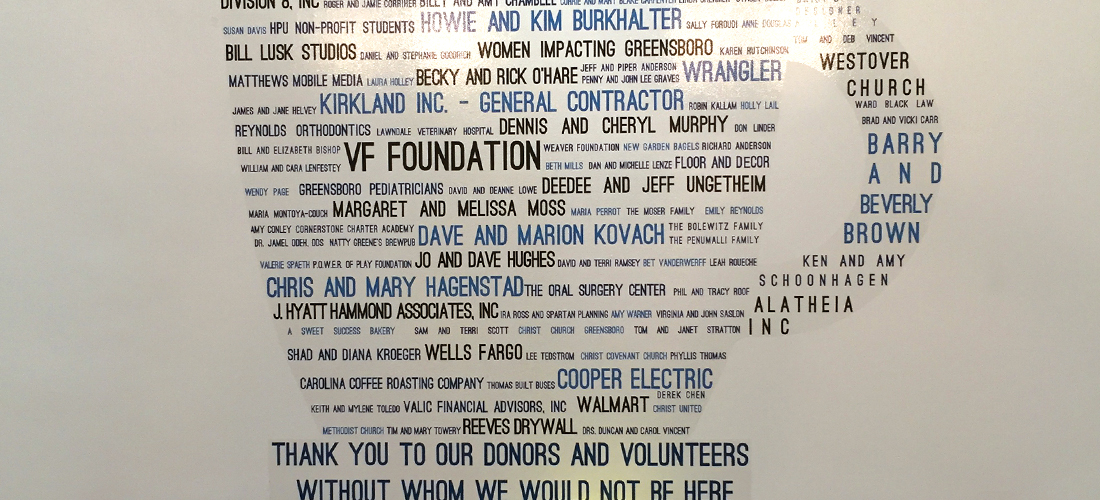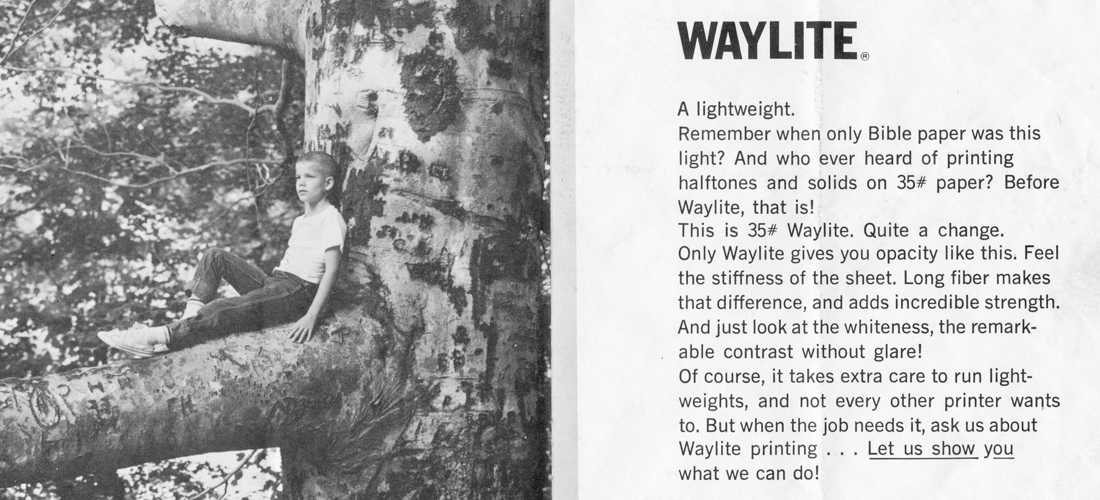Scuppernong Bookshelf
Mark Your Calendars!
2019 is a banner year for good reads
Compiled by Brian Lampkin
It’s difficult to plan. The future is uncertain. Things change, fall apart, reassemble in strange configurations. But over the next six months we can count on these great books finding the light of day. The following recommendations come with an understanding: I’m wrong about many things, but I’m typically less wrong about books than I am about the future of the stock market. Go ahead, plan your reading for the first half of 2019 and include these gems. You can thank/curse me later.
January 15: The Far Field, by Madhuri Vijay. Last year the American Booksellers Association asked a handful of independent bookstores across the country to read a long list of books by first-time authors to be published in 2019. Collectively we chose a top 10, which included The Far Field, but this novel was No. 1 with a bullet on my list. Vijay provides that alchemical mix of political examination with personal journey that deepens many great novels. The Far Field plays out along the India/Kashmir border and follows a young woman’s awakening into the dark realities of her family and her country. As a bonus, her mother is one of the most memorable characters in contemporary literature. At times brutal, but always tuned to the desperately sweet longing for human connection.
February 5: Black Leopard, Red Wolf: Dark Star Trilogy Book 1. by Marlon James. Perhaps the most anticipated book of the new year, Black Leopard, Red Wolf has the entire literary world on edge. James won the Man Booker for his previous novel, A Brief History of Seven Killings, and he describes his new work as an “African Game of Thrones.”
March 19: What You Have Heard Is True: A Memoir of Witness and Resistance, by Carolyn Forché. This one’s personal. Forché’s early book of poems, The Country Between Us, helped me fall in love with poetry and exposed me to the brutality of the powerful. Writer Garth Greenwell says, “This luminous book stands beside the memoirs of Pablo Neruda and Czeslaw Milłosz in its account of a poet’s education, the struggle of a great artist to be worthy of her gifts. Carolyn Forché’s prose is shamanic: It sees both the surface of things and their inner workings, it animates the inanimate world.”
April 30: Cape May, by Chip Cheek. Another novel from our list of the best first books, Cape May exposes the unsettling power of sexual discovery. Painful chaos ensues as sexual desire leads people in unplanned directions. Cheek’s writing about sex is so powerful and thrilling that the chaos and pain all seem worth it. This is a novel that might make you think uncomfortably about your own life. Be careful!
May 14: Once More We Saw Stars: A Memoir, by Jayson Greene. I don’t suppose any of us need to be reminded that the world can be brutally unfair. Nevertheless, Jayson Greene’s exquisitely moving memoir of his 2-year-old daughter’s shocking death brings us freshly face-to-face with unimaginable loss and grief. Sometimes books can bring us so close to pain that the books themselves seem to tremble in your hand until you realize it’s your own sobbing causing the sensation. Once More We Saw Stars is an emotionally raw work that finds its way through grief to remodel something like a life worth living again.
June 4: The Dishwasher, by Stéphane Larue. An argument I lost, The Dishwasher was left off the top 10, but I’m putting it here because I love it. Translated from the French, this novel of Montreal back-of-house restaurant life is raw and filled with a kind of back alley energy that propels you constantly into the steamy abyss of the dishwasher’s life. It’s a little bit of the pieces Anthony Bourdain couldn’t show you (which is saying something) and a lot of high octane heavy metal power.
A Bonus Recommendation: On February 5, the paperback of Zadie Smith’s collection of essays, Feel Free, will be published. Smith is the author of Michelle Obama’s favorite novel, White Teeth, and the recent novel, Swing Time. The essays display Smith’s wide-range interests and literary enthusiasms. I can’t yet tell you why it’s such a good idea to read Zadie Smith right now, but you’ll be glad you did! OH
Brian Lampkin is one of the proprietors of Scuppernong Books.









